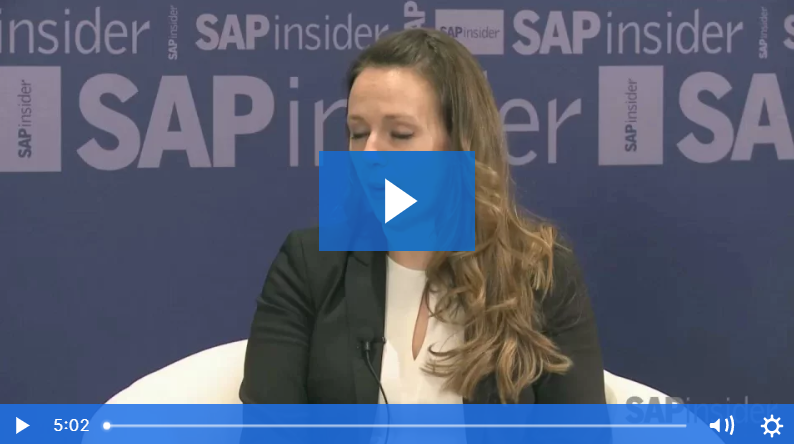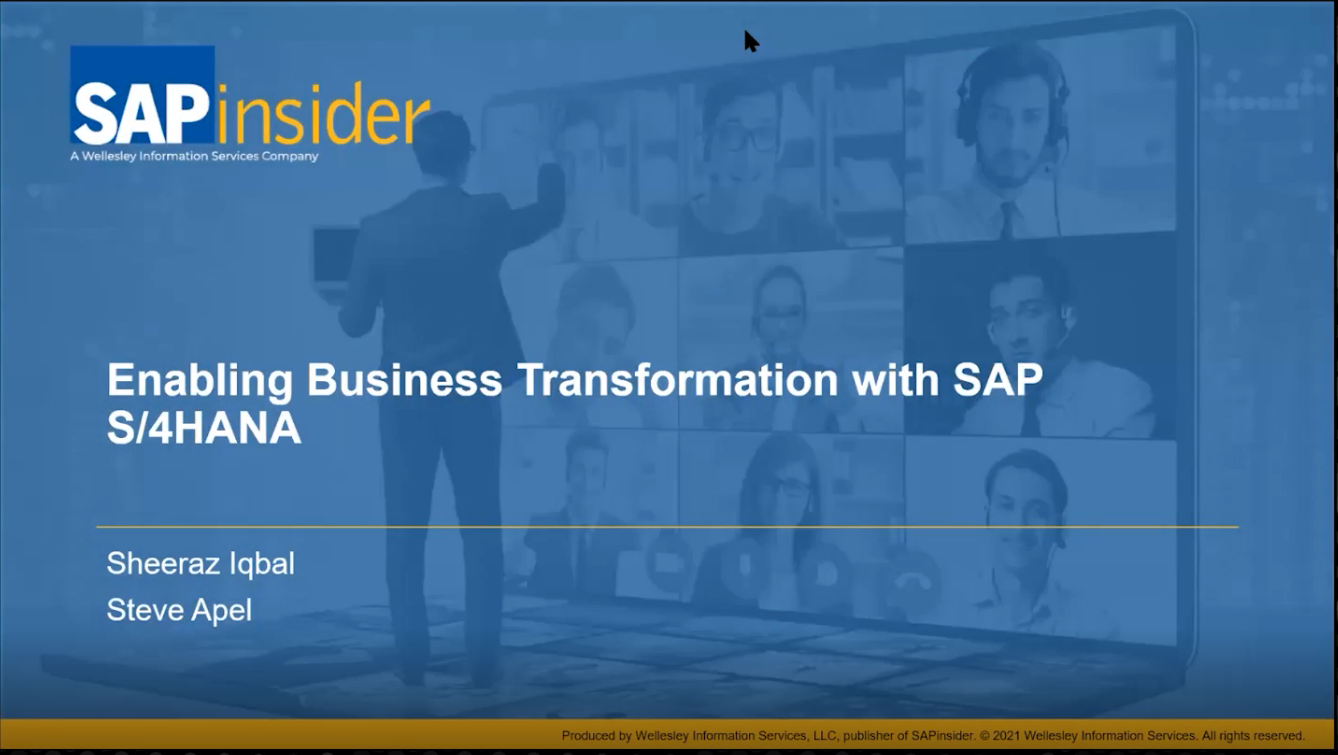A movie studio, like any other company, manufactures a certain product — in this case, a film. And creating films involves a lot of moving pieces. When envisioning film creation, people usually picture the “Lights, Camera, Action” production aspects of directing, acting, makeup, costumes, and set design. Often overlooked are the countless other aspects that happen before and after the camera rolls — like script writing, promotions, distribution, the tracking of intellectual property rights, and perhaps most importantly, what happens behind the scenes to ensure that all these pieces are paid for. Each movie title has its own set of budgets that need to be maintained throughout the entire process, which include hundreds or thousands of line items such as payments to writers and crew, creative and legal fees, print creation and shipping costs, and post-production lab expenses. To give an idea of what this amounts to, just the print and advertising budget for one title could contain well over 150 line items.
Broad Green Pictures — a newly established movie studio based in Hollywood, California, that provides filmmakers with development support, production infrastructure, and marketing resources to execute their vision from script to screen — creates and distributes theatrical films derived from in-house development and production as well as acquisitions and co-productions across a multitude of platforms. While it can take upwards of two years for a movie to go from concept to the big screen, in just two short years since Broad Green Pictures was founded, it has already released 13 titles. The studio will continue to produce movies in-house and will supplement its annual slates by acquiring the distribution rights for other films made by independent producers.
“We have grown very quickly to become a fully integrated independent movie studio — with all resources in-house, including development, production, legal, finance, marketing, distribution and home entertainment,” says Jeremy Fuchs, Chief Technology Officer at Broad Green Pictures, who is in charge of overseeing all technology at the studio.
When the company was just getting on its feet in 2014, the finance department was primarily concerned with managing film production costs and used accounting software designed for small businesses. However, as the studio expanded and developed theatrical distribution and home entertainment divisions, the bookkeeping became more and more complex, requiring the business to track financials in a whole new way that exceeded the limits of the existing software. For example, distributing movies meant that the studio would now be responsible for dealing with tracking royalties and participation payouts to independent producers.
“We quickly realized we needed a more robust system for accounting, distributed procurement, and analytics because, as we established new lines of business, we needed to segment and report on our financials across many different dimensions,” says Fuchs. These channels include theatrical distribution, home entertainment distribution (Blu-rays and DVDs), cable networks and various video on-demand (VOD) platforms, electronic rentals and purchases, and other markets such as airlines and hotels.
“We also needed to be able to report profits and losses (P&Ls) and cash flows on a title-by-title basis,” Fuchs adds. “Our financials need to be clean and auditable so we can provide a clear financial picture for each film, both on an accrual basis and a cash basis.”
In September 2015, the executive team decided to implement a more flexible and scalable financial system that would complement the variety of other systems being deployed to manage workflows within and across departments. And Broad Green Pictures looked to SAP to deliver that solution.
Creating a Better Financial Picture
Moving from a production company to a fully integrated studio introduced new requirements, and Broad Green Pictures needed a solution that could handle the end-to-end process of budget creation, approval, and tracking spend against those budgets. “The costs can be tens of millions of dollars for a decent-sized title, so it’s critical that budgets from every department are carefully managed and that expenses are properly vetted and approved,” says Fuchs. “We have distributed purchasing here instead of a centralized buying department, which means people in each department are responsible for purchasing and for managing their departmental budgets.”
With the previous accounting system and paper-based processes, information was maintained in spreadsheets that challenged the business to proactively and consistently track spend against budgets, occasionally resulting in surprises. Movie studios need proper visibility into expenses before they are hit with invoices.
“When an invoice would come in against a budget line, it would be manually input into the accounting software to make sure there was available budget,” says Nick Lyons, Director of Enterprise Applications at Broad Green Pictures. “Budget reporting and tracking was extremely time consuming because of this process.”
There was no self-service capability for buyers responsible for managing their budget. The only way to get visibility into a budget was to talk to a person who had access to the accounting software. “There was a ton of leg work involved to find out how the budget looked,” says Lyons. “It could take anywhere from 30 minutes to an hour for finance to dig through all of the transactions and provide an answer.”
And weekly reporting was a tedious and drawn-out process. For example, a single budget report for one film would require no less than four hours of work for finance to manually extract and parse the transactional details from the accounting software to sync the data into the spreadsheet reports.
An Ensemble Cast
After researching and evaluating different solutions, the business and IT executives at Broad Green Pictures jointly collaborated and decided that the functionality of SAP S/4HANA Finance would allow for sustainable growth for years to come. The core project team consisted of the IT group and the entire finance and accounting team — with Fuchs and the CFO being involved from the beginning and continuing to receive regular updates during key milestones.
When deciding whether to manage SAP S/4HANA Finance onsite or partner with a hosting provider, the studio elected to implement the solution in a private cloud hosted by SAP partner Capgemini. “We look to private cloud and software-as-a-service (SaaS) solutions first where we think it makes sense — in terms of cost, time savings when bringing up an environment, and the support model,” says Fuchs. “From the software licensing and implementation to hosting and post-go-live support, Capgemini listened to our needs and delivered on our objectives at every step of this project, and we truly value the partnership.”
Business acceptance of the solution at every stage was a guiding light for the project. Obtaining executive buy-in and involving the business during the entire length of the project were two keys to its success. “We were appreciative to have gained such strong executive support,” says Fuchs. “The speed at which we were able to make key decisions, combined with the dedication and hard work from the team, was a big reason we were on time, under budget, and ultimately successful.”
 The ability for our business units to track and approve spend before it was committed has been a huge win for our controller and budget oversight team, as well as every department head.
The ability for our business units to track and approve spend before it was committed has been a huge win for our controller and budget oversight team, as well as every department head.
— Jeremy Fuchs, Chief Technology Officer, Broad Green Pictures
The Script
The implementation went with a big-bang approach, going live with all aspects of the business at once, with historical data conversion planned to follow in the summer of 2016. The project started in late November 2015 with a project kickoff meeting, followed by discovery and requirements gathering workshops, realization, testing, training, and cutover phases. The business was live with SAP S/4HANA Finance at the beginning of April 2016. “It was an aggressive timeline, but the project team met the challenge head on, and the go-live cutover went as planned,” says Fuchs. “Conversions of the legacy master data and portions of historical transactional data were performed previously during three mock cutovers, so we were able to resolve any wrinkles we encountered before go-live.”
The entire finance and accounting team was involved during the requirements gathering workshops, evaluation of design alternatives, configuration decisions, and testing phases. The Basis support team worked with the infrastructure team onsite to address the few small cutover-related issues that arose, all of which were resolved in minutes. One challenge that is ongoing, according to Lyons, involves integrating the historical accounting data with the new SAP system. “We worked with the Accounting department to define additional profit centers, cost centers, and general ledger accounts that would better describe our business operations,” he says. “As a result, where we have translation mappings that are one-to-many, this at times requires Accounting to reference source documents to determine the appropriate mapping in the SAP system. We are currently in the midst of the data migration project to bring the historical data in from the old accounting software to SAP S/4HANA Finance, and it’s going well. As expected, conversion has required a significant time commitment from certain members of the Accounting team.”
Because buyers in all departments now have to log into a new system — and these employees were completely unfamiliar with SAP software — the project required a thoughtful approach to change management. “It was a big change in the process, but because we engaged our users early and often during the project, there were no surprises during testing and adoption post-go-live has gone well,” says Fuchs. “The transition was as quick and seamless as possible for them because they knew what they were getting all the way through and how it would improve their day-to-day operations.”
After go-live, the IT group provided individual training sessions for the accounting team as well as one-on-one training sessions with buyers in each department. “During a period of white-glove support, we sent out regular emails and even paid personal visits to some of our buyers to watch them transact and answer any remaining questions using real-world transactions as a point of reference,” Lyons says. “A few users required a bit more support than others to begin fully adopting the solution; however, the core accounting and finance users were working in the SAP solution on day one and haven’t slowed down since. Some have stopped by my office specifically to tell me how much they love the new system. That’s a great feeling.”
The Viewers’ Response
A few major benefits that have come from the SAP S/4HANA Finance implementation include a faster, more transparent, and more repeatable close process, tighter control of spend, and enhanced reporting. Going live also drove significant improvements in day-to-day tasks for buyers in every department as far as visibility to commitments, transparent approval workflows, and self-service capabilities. Most impacted were the accounting and finance processes, which have been streamlined and made more efficient from start to finish. Now buyers input information directly into the SAP system through a new purchasing app (created with Web Dynpro) when they want to create, print, or check the status of a requisition, or when they want to see if something has been approved or paid. “They can do all of those things in one place, like a one-stop shop, with just a couple of clicks,” says Lyons.
Anyone with access to that information in the SAP system now has visibility into the budget, and the native role-based SAP security features provide users with access only to do what they need in the system. “They can very quickly see how much budget remains and how much has been spent in terms of invoices versus upcoming expenses committed against that budget in the form of purchase orders that have yet to be invoiced,” says Fuchs. “They can even see when invoices were paid, so when vendors inquire about payments, they can see exactly when the check was cut and mailed.”
He explains, “By the time we get to a check run, the purchase has been approved in the system and invoices have been signed off and associated with the purchase order. Not only do we already know that it’s approved and coded correctly, thanks to early review of the PO by accounting, but also other steps to pay our vendors — such as obtaining W9s and setting vendor master records up in the system — have already been addressed so we can just cut checks.”
Because the system requires all expenses to be coded against a budget well in advance and procurement approvals are required up front, everything downstream is streamlined. “The ability for our business units to track and approve spend before it was committed has been a huge win for our controller and budget oversight team, as well as every department head,” says Fuchs. “We also have a better-designed chart of accounts and a more robust set of processes for determining proper coding so that management reporting paints a clearer picture of business performance.”
And with the new SAP HANA infrastructure, reporting has very fast performance. SAP HANA Live provides the ability to create views and report directly off the transactional database. Budget reports now have drill-down functionality where users can drill into the spend for any budget line and see all invoices and purchase orders that are hitting that line. “A budget report for a film that before took four hours to run now takes less than a minute,” says Lyons. “Instead of spending time with invoice entry and parsing of spreadsheets, budget owners now simply input the title they want, and they can immediately execute a custom report that tracks their budget lines and their spend by title.”
 A budget report for a film that before took four hours to run now takes less than a minute. Budget owners can immediately track their budget lines and their spend by title.
A budget report for a film that before took four hours to run now takes less than a minute. Budget owners can immediately track their budget lines and their spend by title.
— Nick Lyons, Director of Enterprise Applications, Broad Green Pictures
And if there are any errors — such as users entering the wrong title, line of business, department, invoice, or general ledger account — they will show immediately. This improved reporting helps give management a better sense of how each film is doing financially and frees up the accounting team to get their daily tasks done. Previously, accounting was inundated with general operations questions from all departments wondering if an invoice was paid or when it would be paid. “It used to take five or ten minutes out of accounting’s time whenever a question would come up, which was frequently,” says Lyons. “Now, with self-service purchasing, executives have the visibility they need in terms of reporting without having to pepper the accounting team with questions; accounts payable (AP) can focus on getting data into the system and paying vendors on time, and accounts receivable (AR) can focus on collections and ensuring proper understanding of important contract terms.”
From an architectural perspective, Broad Green Pictures doesn’t need to manage multiple environments or a separate business warehouse to support analytics, which simplifies things dramatically and also reduces cost. “Not having to manage a batch schedule that moves data out of a transactional system into a data warehouse means that we have a less complicated environment to support, and there’s less that can go wrong,” says Fuchs. “And when people run reports, they can see exactly what is in the system right now — so there is no question about what they are looking at.”
With SAP S/4HANA Finance comes new functionality like the balance sheet consolidation table, which essentially merges SAP tables together to provide one source for reporting. And the balance sheet splitter functionality allows users to run reports using custom dimensions to see cash flow by title — with no development or coding required. “With the splitter, invoices or statements don’t need to be entered by title on the balance sheet side of the accounting document — for example, the revenue side will be entered in multiple line items to record the break out to multiple titles, but the AR side of the entry can be entered as a single summarized line. This helps the AR department to more easily track AR — the AR lines match the total amount due,” says Lyons. “The splitter essentially reduces clutter in the subledgers, then does all of the heavy lifting for us to provide cash reporting that mirrors the way the revenue and expenses were allocated to titles.”
The new capabilities extend beyond allowing Broad Green Pictures to calculate financial performance by title. “We can very easily carve up our P&L statements or even our cash flows by individual film, an annual slate of films, or unique lines of business, such as theatrical distribution, physical home entertainment media, or digital,” says Fuchs.
Coming Attractions
Broad Green Pictures is currently in the planning stage of creating a mobile capability for purchase requisition approvals. And the studio is evaluating additional planning, reporting, and analytics use cases for which it believes SAP S/4HANA and potentially other SAP software, such as SAP BusinessObjects Cloud, could be key components.
“With SAP S/4HANA Finance, Broad Green Pictures has the ability to institute new, much-needed business processes that were previously not possible,” says Fuchs. “The technology has not just improved the performance of our accounting system — the impact stretches beyond that department. We look forward to seeing how SAP will achieve tighter integration between SAP S/4HANA and innovative applications such as SAP Fiori and SAP BusinessObjects Cloud and how they may help us unlock even more value over time.”














